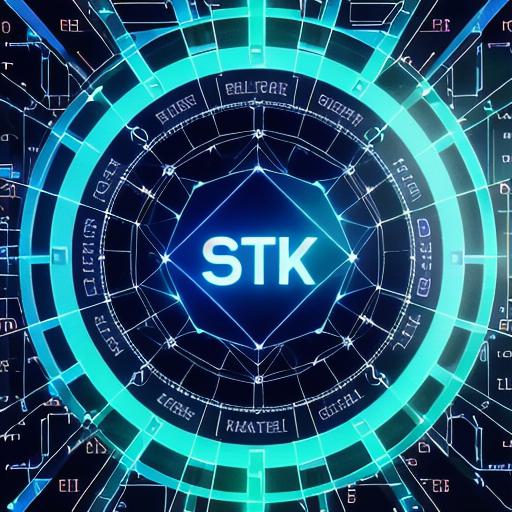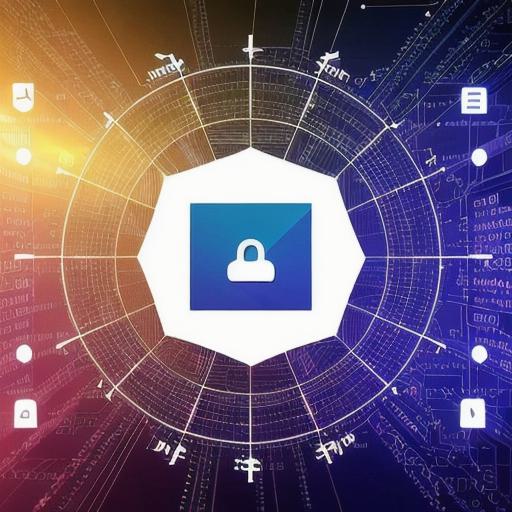Web3 is a decentralized network that enables secure and efficient transactions without the need for intermediaries such as banks or governments. It has the potential to revolutionize many industries, including finance, supply chain management, and identity verification. In this article, we will explore how Web3 can help developers unlock new opportunities and build innovative applications.
Why Web3 Matters
Web3 provides several advantages over traditional centralized systems. First, it is more secure because it relies on cryptographic algorithms to protect transactions. Second, it is faster and cheaper because it eliminates the need for intermediaries. Third, it is more transparent because all transactions are recorded on a public blockchain that can be accessed by anyone with an internet connection.
Web3 Applications
There are many potential applications for Web3 technology. For example, Web3 can be used to create decentralized exchanges (DEXs) where users can trade cryptocurrencies without the need for intermediaries such as brokers or exchanges. Web3 can also be used to build supply chain management systems that track goods from production to delivery and ensure their authenticity. Additionally, Web3 can be used to create identity verification systems that enable secure authentication and access control.
How to Build a Web3 Application
Building a Web3 application requires knowledge of blockchain programming languages such as Solidity or Vyper. It also requires familiarity with smart contracts, which are self-executing programs that automate transactions on the blockchain. To build a Web3 application, you need to define the requirements, design the architecture, write the code, and test the system thoroughly.
Web3 Development Tools and Platforms
There are several tools and platforms available for building Web3 applications. Some popular options include Truffle, Remix, and Gan. These tools provide development environments, testing frameworks, and deployment tools that make it easier to build, test, and deploy Web3 applications. Additionally, there are several blockchain-based platforms such as Ethereum and EOS that provide infrastructure for building decentralized applications.
Web3 Use Cases and Case Studies

There are many real-life examples of successful Web3 applications. For example, Decentraland is a Web3 virtual world where users can create and monetize their own content. Another example is Dfinity, a Web3 platform that enables instant, private, and secure transactions without the need for intermediaries.
Web3 Challenges and Solutions

Building a Web3 application is not easy. It requires knowledge of blockchain technology and programming languages, as well as expertise in smart contract development. Additionally, building a decentralized application requires careful consideration of security, scalability, and usability issues. To overcome these challenges, developers need to stay up-to-date with the latest research and best practices in Web3 development.
Web3 Future
The future of Web3 is bright. As more people adopt cryptocurrencies and decentralized systems, we can expect to see more innovative applications and use cases emerge. However, building a successful Web3 application requires careful planning, execution, and testing. Developers need to stay focused on the key principles of Web3 technology and continue to innovate in this rapidly evolving field.
FAQs
1. What is Web3?
Web3 is a decentralized network that enables secure and efficient transactions without the need for intermediaries such as banks or governments.
- Why should I build a Web3 application?
Building a Web3 application can help you unlock new opportunities and build innovative applications in industries such as finance, supply chain management, and identity verification. - What are the challenges of building a Web3 application?
Building a Web3 application requires knowledge of blockchain technology and programming languages, as well as expertise in smart contract development. Additionally, building a decentralized application requires careful consideration of security, scalability, and usability issues. - What are some real-life examples of successful Web3 applications?
Decentraland is a Web3 virtual world where users can create and monetize their own content. Another example is Dfinity, a Web3 platform that enables instant, private, and secure transactions without the need for intermediaries. - What is the future of Web3?
The future of Web3 is bright. As more people adopt cryptocurrencies and decentralized systems, we can expect to see more innovative applications and use cases emerge. However, building a successful Web3 application requires careful planning, execution, and testing.
